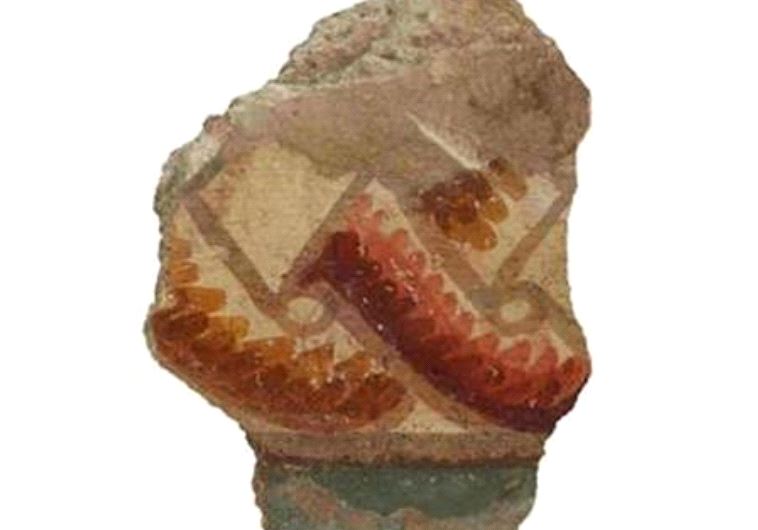Rare fresco fragments dating back to Roman era discovered at Zippori National Park
Traditionally, images depicting animals or people were not common within Second Temple Period religious custom.
 Guilloche, in a fresco from Zippori, dating from the early Second Century CEUpdated:
Guilloche, in a fresco from Zippori, dating from the early Second Century CEUpdated: